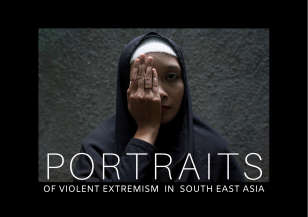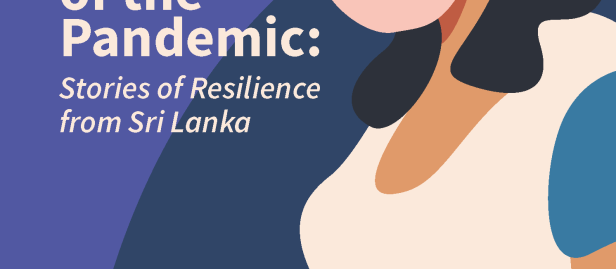Entry and Exit Points: Violent Extremism in South-East Asia

Entry and Exit Points: Violent Extremism in South-East Asia
November 20, 2020
In South East Asia, violent extremism and radicalization is to an extent rooted in local contexts and experiences. This region is home to incredibly diverse and dynamic communities who hold a plethora of religions, ethnicities, languages, and systems of governance. This not only means that differences between social groups can seem more pronounced, but also that the causes of violent extremism vary significantly from community to community, even within one country or province.
Those who join extremist groups often have complicated stories and non-linear motivations. Furthermore, the choices they make have both a direct and indirect effect on the people around them: spouses, family members, neighbours, friends, and members of their community. Exposure to violence can have devastating lifelong impacts on people's physical and psycho-social well-being.
The United Nations Development Programme employs an inclusive, human rights-based approach that is specifically tailored to the South East Asia region in order to better understand, prevent, and mitigate violent extremism. As part of a wider joint programme in partnership with the European Union to prevent violent extremism and promote tolerance and respect for diversity, UNDP interviewed people in Indonesia, the Philippines, Thailand, and Malaysia who have been affected: survivors, former terrorists and extremists, refugees, and returnees. Each of the narratives featured here presents at best an incomplete picture, but by sharing snippets of their raw lived experiences, we can begin to understand what violent extremism means in the context of this diverse region.

 Locations
Locations

